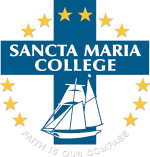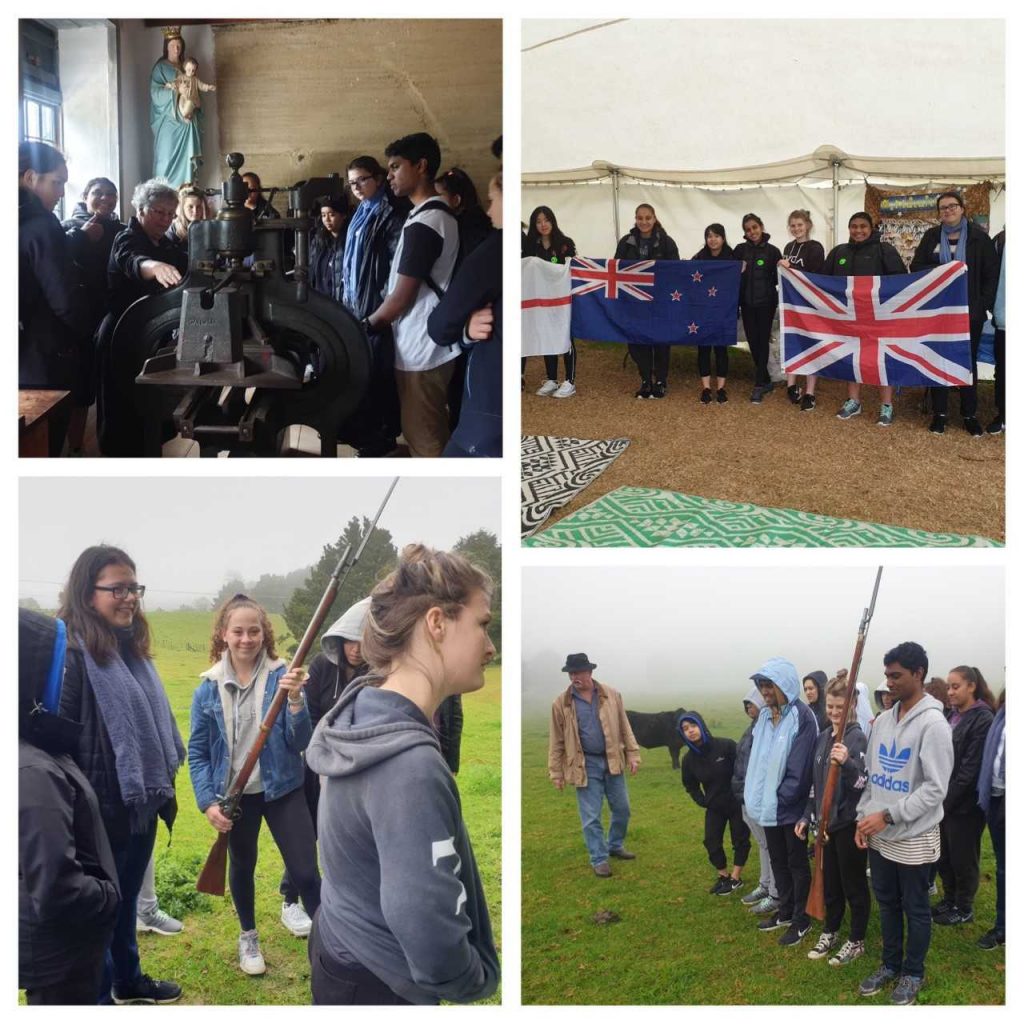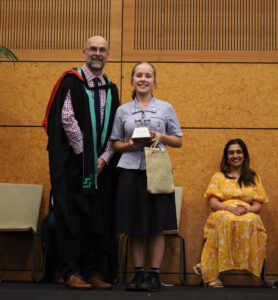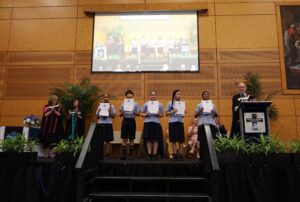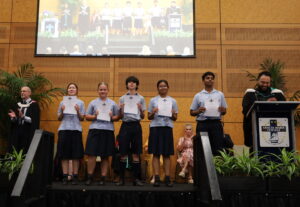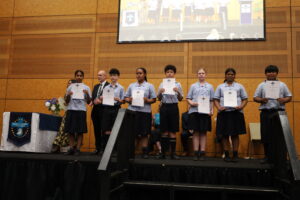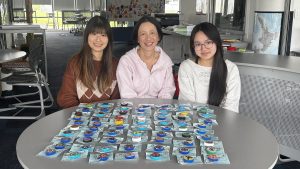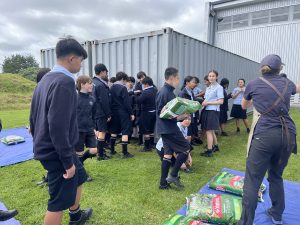Despite a long and shaky 5-hour drive, the Year 13 History trip to the Bay of Islands was well-enjoyed by all who attended. The focus of the trip was the New Zealand Northland Wars, where the native Maori tribes from the Bay of Islands were brought into conflict with the British settlers. This conflict centred around different understandings of land, authority and ownership.
The 11 students arrived at their backpackers’ lodge accompanied by our history teachers, Ms Stickland and Ms Redwood. The next day was a busy one, beginning with a visit to the Waitangi Treaty Grounds, where the historic document the Treaty of Waitangi was signed in 1840. The students were first enlightened about the beginnings of colonisation in New Zealand by a local historian, Imogen, before having the privilege of watching a Maori cultural performance. While most Kiwis are familiar with the signing of the Treaty of Waitangi, Imogen revealed that the beginnings of the Northland Wars were visible long before. The cultural performance involved impressive displays of poi, ti rakau, and use of Maori weapons, as well as an official welcome to the Waitangi Marae and Ngapuhi iwi.
Following their visit to the Waitangi grounds, the students moved on to the town of Russell (formerly known as Kororareka). The ferry ride across was filled with many jokes about house rivalry, due to our school’s red house being named after the location. Once in Russell, the students were greeted and further educated by the curator of the Russell museum. She provided much insight for the students into the more personal aspects of the lead up to the Northland Wars, for example the relationships between Maori and Pakeha. She shared a few specific case studies with the students, providing valuable resources for their upcoming internal on the Northland Wars. This learning continued onsite at the Russell Museum, where students were able to see a fully functioning replica of Captain James Cook’s ship, the Endeavour.
The final activity of Thursday involved a visit to the Pompallier Mission House and Printery. This part of the trip held a special significance for all involved, as it is after Bishop Pompallier’s schooner the Sancta Maria, that our school gets its name. At the house they were guided through the process of making a book in New Zealand in the 1800s, from tanning leather, to printing pages, to binding the finished book. It was a fun and educational experience, especially learning about the huge impact written Catholic prayer books had on developing Maori literacy.
The final day of the trip was not so jam-packed but contributed just as much to the students’ understanding of their topic. They spent the morning driving around the Bay of Islands visiting various significant battle sites accompanied by another local historian who had a particular interest in the military side of the Northland Wars. This provided an opportunity to visit the tapu remains of the Ruapekapeka Pa, where the students could walk among what was left of the trenches and tunnels that had been highly instrumental in ensuring Maori chief Kawiti’s military success.
The opportunity for Year 13 history students to walk among the very sites of the Northland Wars which so shaped the future of our country was certainly very significant. All the students greatly enjoyed the trip and strongly recommended it to younger students. A huge thank you must go to Ms Stickland for organising this fantastic trip and Ms Redwood for accompanying us and making it possible.
Danica Loulie-Wijtenburg
